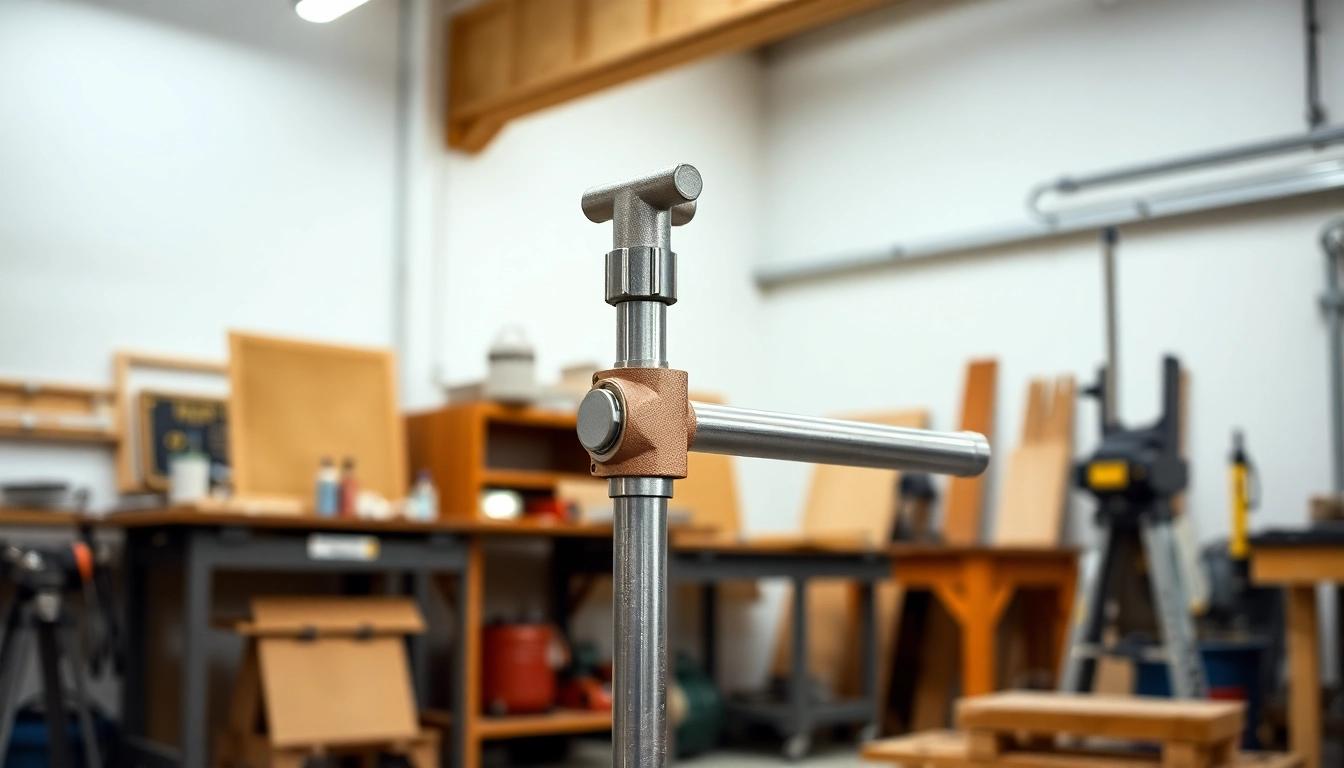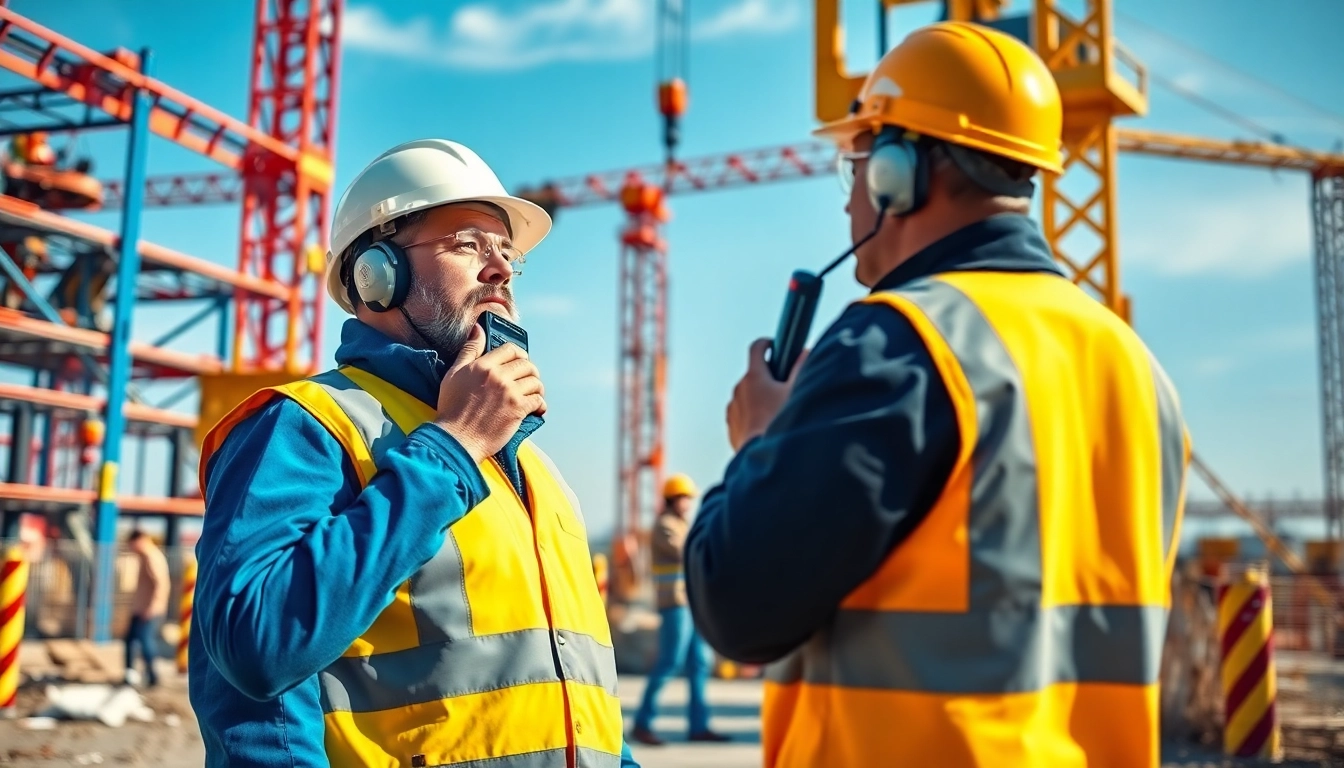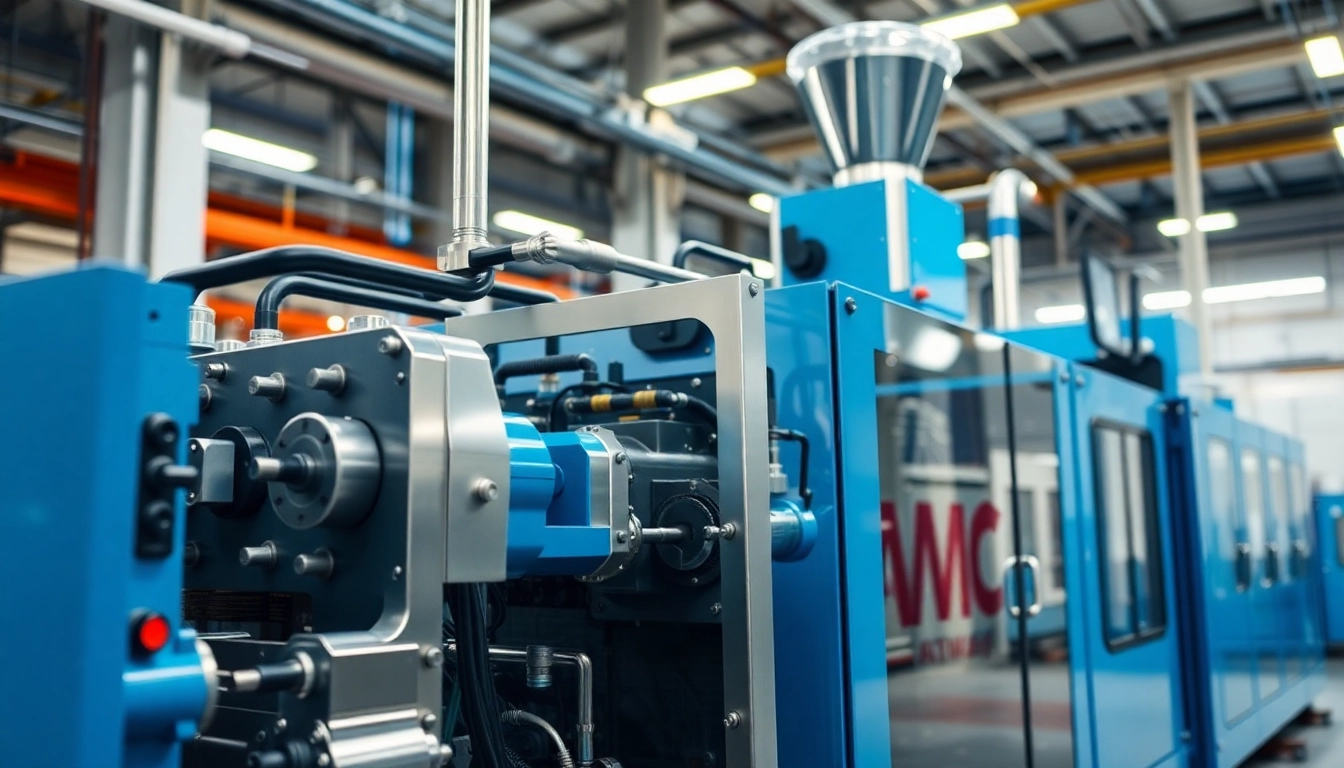Understanding Pipe Stress Analysis
What is Pipe Stress Analysis?
Pipe stress analysis is a specialized engineering discipline that focuses on evaluating stresses and strains in piping systems. These analyses often encompass thermal expansion, vibration, support constraints, and loading conditions, providing critical insights into how a piping system will behave under various operational scenarios. Professionals in the field employ both manual calculation methods and sophisticated software tools to ensure that piping systems are structurally sound and can withstand the required operational loads without fail.
The Importance of Pipe Stress Analysis in Engineering
The significance of pipe stress analysis cannot be overstated in engineering, particularly in industries where the risk of catastrophic failure can lead to severe consequences. Proper stress analysis helps in designing safe and efficient piping systems that comply with regulatory standards. By recognizing potential stress points, engineers can modify designs proactively, thus preventing malfunctions, leaks, or structural failures that could endanger life and property, not to mention the financial implications associated with such disasters.
Key Principles Behind Pipe Stress Analysis
Understanding the core principles of pipe stress analysis is essential for anyone involved in the engineering field. The main principles include:
- Load Analysis: Engineers assess various loads on the piping system, including weight, thermal changes, and operational pressures.
- Flexibility Analysis: This involves understanding how pipes can bend and flex under load, allowing for movement without breaking.
- Support Design: Properly designing pipe supports and hangers ensures that the system can efficiently manage stress and prevent sagging or undue stress on connections.
- Material Properties: Knowledge of the materials used in the piping system is crucial to determine how it will react to stress and environmental factors.
Identifying a Reliable Pipe Stress Analysis Company
Qualities to Look For
When searching for a pipe stress analysis company, certain qualities can serve as indicators of their reliability and expertise. These include:
- Experience: A good company should have extensive experience in conducting pipe stress analysis across various industries.
- Technical Expertise: The presence of certified engineers and software proficiency can significantly impact the quality of analysis provided.
- Customization: The ability to tailor services to meet the specific needs of each project demonstrates flexibility and commitment to client satisfaction.
- Reputation: Positive testimonials and case histories can indicate a company’s ability to deliver impactful results.
Questions to Ask Potential Companies
Asking the right questions can help determine if a prospective company is a good fit for your needs. Consider the following:
- What is your experience with projects similar to ours?
- What methodologies and software do you utilize for your analysis?
- Can you provide references or case studies from previous clients?
- How do you ensure compliance with relevant industry codes and standards?
- What is your approach to project timelines and deliverables?
Evaluating Experience and Case Studies
A thorough evaluation of a company’s experience and successful case studies is crucial to understanding their capabilities. Look for examples that demonstrate:
- Successful completion of high-stakes projects.
- Innovative solutions to unique challenges.
- Positive long-term relationships with clients.
- Expertise across various sectors, such as oil and gas, power generation, and manufacturing.
Techniques and Tools Used in Pipe Stress Analysis
Overview of Software Used in the Industry
The landscape of pipe stress analysis is heavily influenced by technology, and several software programs have achieved recognition for their effectiveness in analyzing piping systems. Some of the most notable include:
- CAESAR II: Widely accepted as the industry standard, this software allows engineers to simulate and analyze the response of piping systems to various loads.
- AutoPIPE: This tool specializes in bending moment analysis, thermal expansion, and flexibility studies, ideal for complex systems.
- Bentley: Offers a range of modeling tools used for both manual and automated pipe stress analysis.
- ROHR2: A versatile tool for the analysis of piping structures, suitable for both engineering calculations and Finite Element Analysis (FEA).
Manual vs Software-Based Pipe Stress Analysis
While software solutions have greatly improved the accuracy and efficiency of pipe stress analysis, manual methods still play a role, especially in educational contexts and for initial rough assessments. Here’s a comparison:
- Manual Analysis: This approach can be labor-intensive and is prone to human error, making it more suitable for preliminary evaluations rather than detailed design.
- Software-Based Analysis: Leveraging advanced computational algorithms, software can handle complex calculations that would be impractical to perform manually. This provides a more accurate, reliable, and timely analysis.
Emerging Technologies in Pipe Stress Analysis
As technology progresses, various emerging trends are shaping the future of pipe stress analysis. These include:
- Cloud Computing: The use of cloud-based platforms enables collaborative projects, making it easier for teams to access and share analysis data in real-time.
- Artificial Intelligence (AI): AI can help automate routine calculations and optimize designs based on historical performance data.
- 3D Modeling: Advanced graphics and simulation tools allow for better visualization of pipe layouts, leading to improved accuracy in stress predictions.
Common Challenges in Pipe Stress Analysis
Structural Integrity and Safety Concerns
Maintaining structural integrity is the core concern in pipe stress analysis. Challenges include ensuring that the design accommodates all operational loads, including extreme weather or seismic influences. Conducting stress analysis under various scenarios helps engineers anticipate and mitigate these risks.
Compliance with Regulatory Standards
Compliance with regulatory standards such as ASME B31.3 for process piping is non-negotiable. Companies must stay abreast of updates and changes in codes, which can differ significantly across regions and industries. Regular training and collaboration with regulatory bodies help ensure adherence to standards.
Managing Complex Pipe Systems
In large industrial setups, pipe systems can become exceedingly complex, often involving multiple materials, configurations, and environmental conditions. The challenge lies in ensuring a comprehensive analysis that considers all interdependencies without overlooking the details that could lead to failure.
Case Studies and Real-World Applications
Successful Projects by Leading Pipe Stress Analysis Companies
Analyzing successful projects reveals not only technical capabilities but also highlights innovative practices. For example, a notable project in the oil and gas sector showcased the efficacy of comprehensive pipe stress simulations, leading to a refined design that reduced costs and improved safety measures.
Lessons Learned from Pipe Stress Analysis Failures
Learning from failures is equally important. Case studies where methods or technologies fell short illustrate the ramifications of inadequate analysis, driving improvements in methodologies. For instance, a leak caused by poor support design prompted a re-evaluation of support systems across multiple facilities.
Future Trends in Pipe Stress Analysis Services
As industries evolve, so too will the methods of pipe stress analysis. Future trends may include greater integration of AI and machine learning to enhance predictive capabilities and user engagement through B2B platforms that enable easier data sharing and collaboration among engineers.



